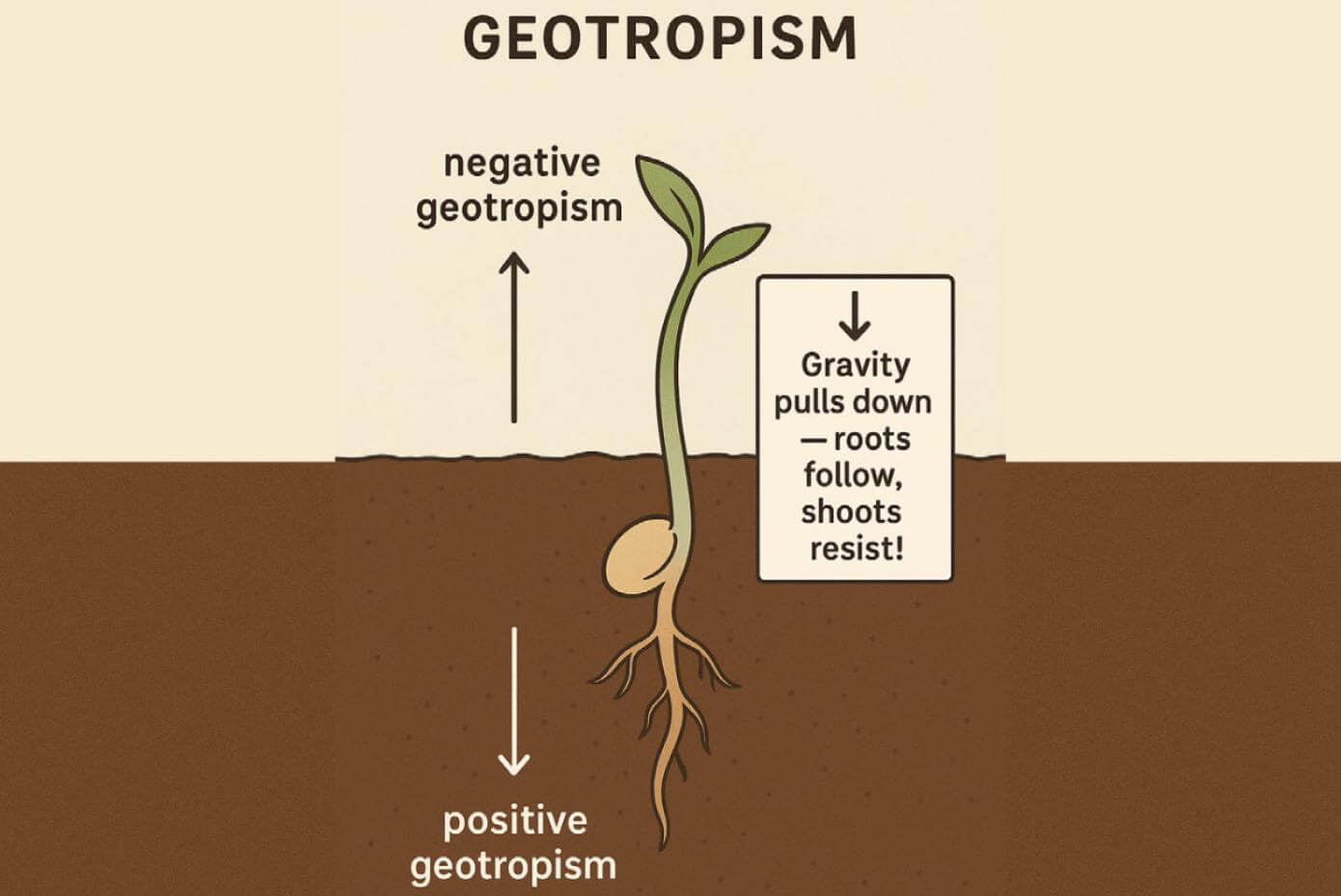Why No Price List in April-May?
For those of you who value our monthly price sheets and newsletters, we apologize for missing April and May. Market volatility—both international and domestic—made it tough to set clear prices. You’ll notice some items in this month’s list marked as “ask.” As we approach the 2025 harvest, pricing remains uncertain. As always, just reach out — we’ll quote you as best we can and keep doing our best to deliver the service you count on.
Speaking of New Crop
It looks like we may have an early harvest in the Willamette Valley. May was dry and the temperatures were warm enough to keep seed crops growing steadily. While yields are still to be determined, this scenario typically limits yields, especially on drier ground, and helps yields on wetter ground.
How Does a Seed Know Which Way to Grow?
Ever wonder how a seed knows which way to send its roots and shoots? The answer lies in geotropism—also known as gravitropism—a plant’s built-in response to gravity.
Roots grow downward (positive geotropism) to anchor the plant and search for water and nutrients. Shoots grow upward (negative geotropism) to reach light and air.
Plants detect gravity using tiny, starch-filled organelles called statoliths, which settle at the bottom of specialized cells. This triggers a chain reaction, shifting the hormone auxin to one side. In roots, auxin slows growth on the lower side, causing the root to bend downward. In shoots, auxin speeds up growth on the lower side, bending them upward.
Pretty amazing stuff. No matter which way a seed gets planted - regardless of its circumstances, environment, reason why it lands in that spot - every seed carries this built-in guidance system to grow the right way. to grow! If this is the design of plant seeds, how much more might we have in our design?
Turfgrass Establishment, UNDER It All
Take a look at our latest bucket study showing the first 100 days of Titan GLX turf-type tall fescue. This quick four-minute video offers a close-up look at root and shoot development as young turf plants mature into what we recognize as an established lawn.
If you’ve never dug up a turf plant and tugged on the roots, this might just inspire you to grab a shovel.
Visit our SmithSeed YouTube channel or click on the photo.

